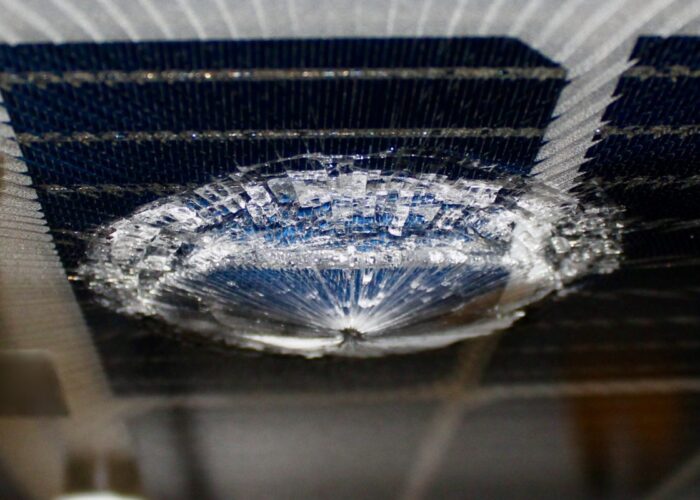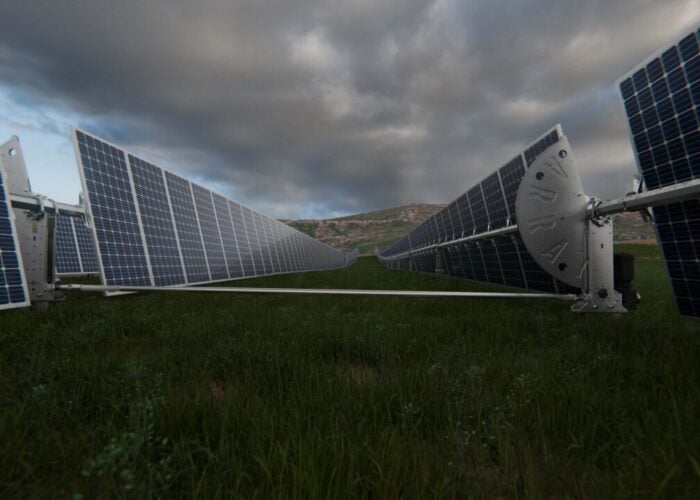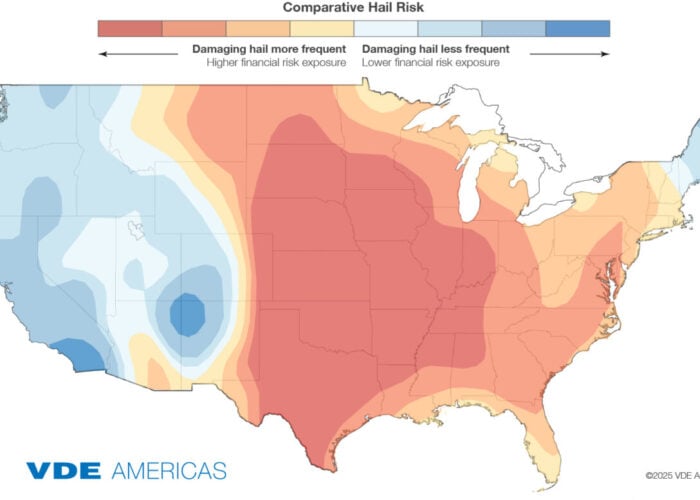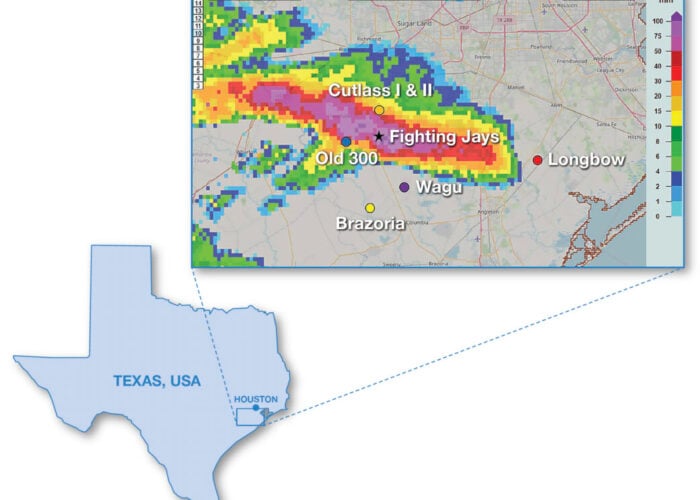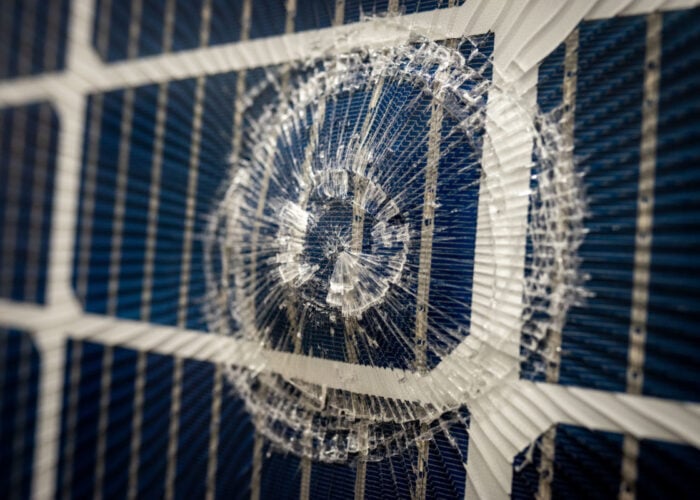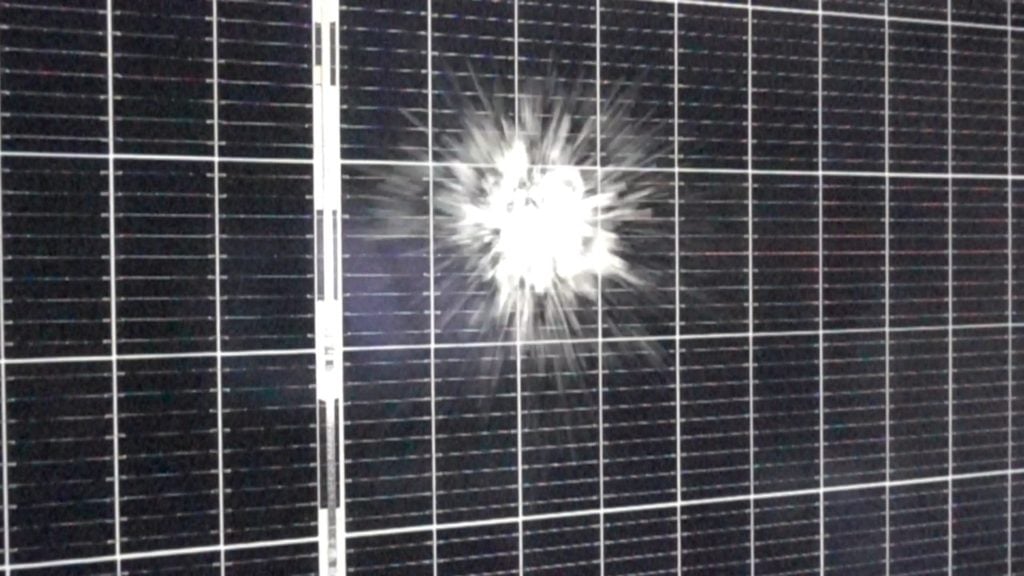
Hail claims have averaged nearly US$58.4 million per claim, according to a report from renewable energy project underwriter GCube Insurance.
In the report, titled Hail No! Defending Solar from nature’s cold assault which gathered data over the past five years, GCube highlighted that hail claims accounted for more than half (54%) of incurred costs of total solar loss claims attributable to hailstorms.
Unlock unlimited access for 12 whole months of distinctive global analysis
Photovoltaics International is now included.
- Regular insight and analysis of the industry’s biggest developments
- In-depth interviews with the industry’s leading figures
- Unlimited digital access to the PV Tech Power journal catalogue
- Unlimited digital access to the Photovoltaics International journal catalogue
- Access to more than 1,000 technical papers
- Discounts on Solar Media’s portfolio of events, in-person and virtual
These costs are creating a gap between the insurance requirements for solar PV projects and what is available in the market, leading to project delays and cancellations, according to GCube.
Fraser McLachlan, CEO at GCube Insurance, said, “The solar sector plays a crucial role in the global energy transition. Given its comparatively low costs for manufacture and installation, it is the most efficient clean power technology for driving decarbonisation.
“However, the consequences of hail damage risk undermining the security of solar power as a prominent clean energy solution. We therefore have an overriding imperative to develop solutions to this challenge and restore our ability as insurers to provide the sector with long term risk underwriting.”
The report highlighted several key factors that contribute to solar PV projects’ vulnerability against hail, among them: inadequate hail risk models, ineffective mitigation strategies, limited and costly insurance coverage, and an uncertain funding landscape.
Another aspect is the increased size of solar panels that are accompanied by thinner and more fragile glass that are chosen in locations that are more prone to hail risks and thus threaten the viability of future projects.
Fraser McLachlan added: “We can’t move quickly enough as the ability of insurers to cover solar’s global growth becomes increasingly constrained. Therefore, the unity of manufacturers, developers, operators, and insurers will be a vital part of softening the widening gap in insurance coverage. The success of the solar sector as it navigates hail risks is hinged on immediate action and innovation to ensure a cleaner, more sustainable future powered by solar energy.”
The cover story for the upcoming edition of our magazine PV Tech Power will be focused on extreme weather events, with several features looking at hail-related climatic conditions, with one around modules and another on how tracker can help improve the resilience of a PV system.

